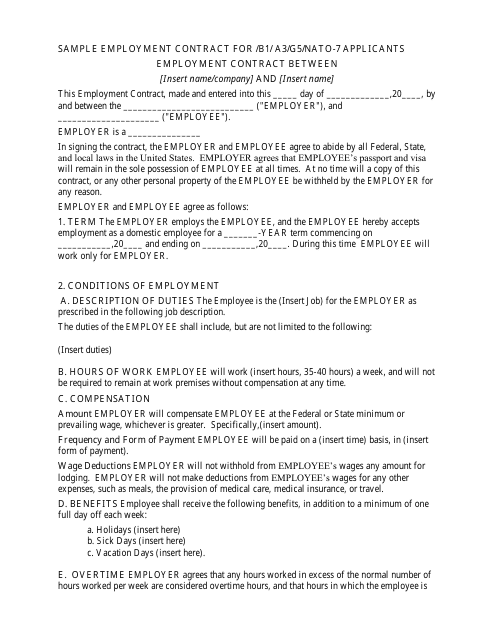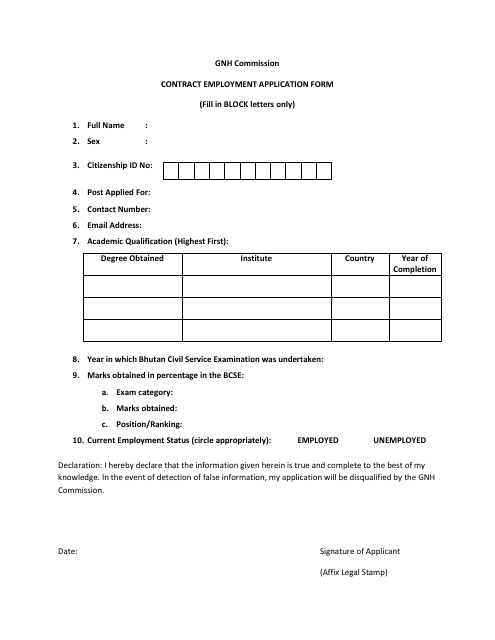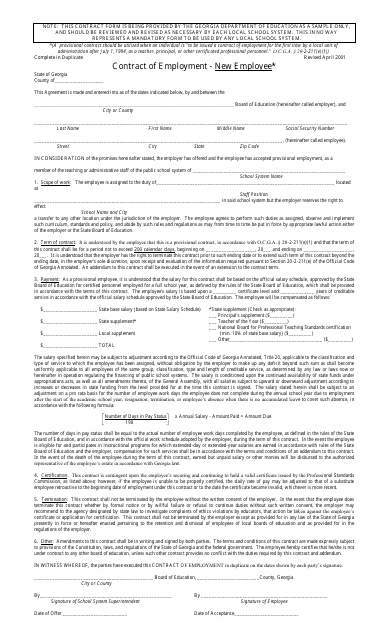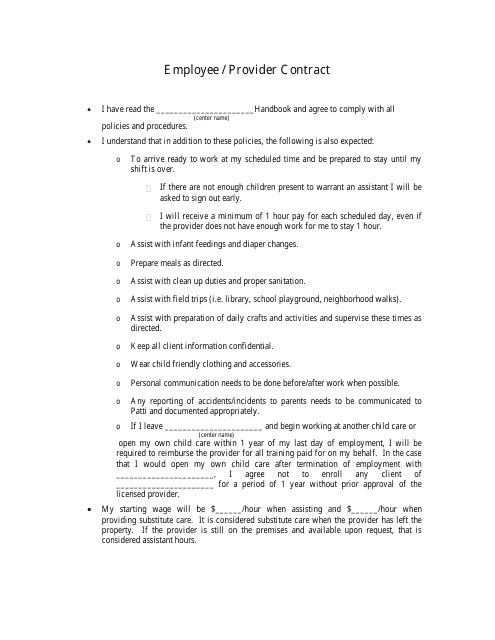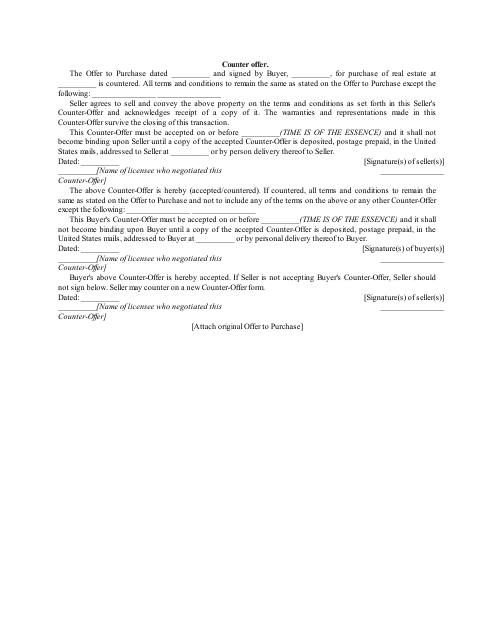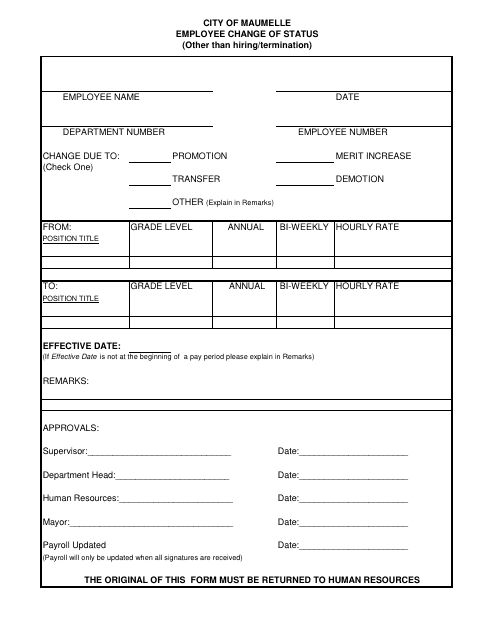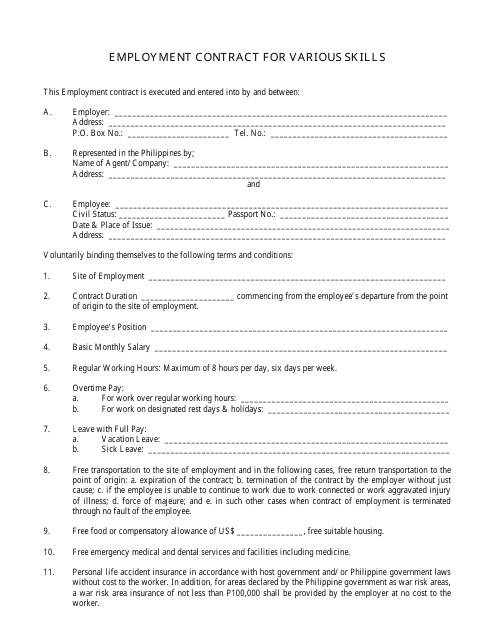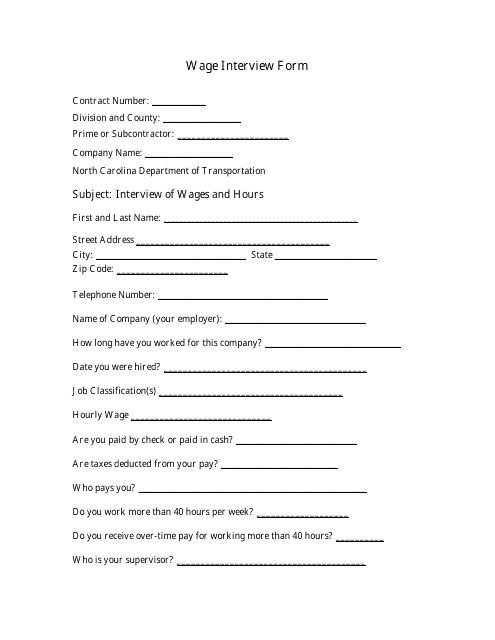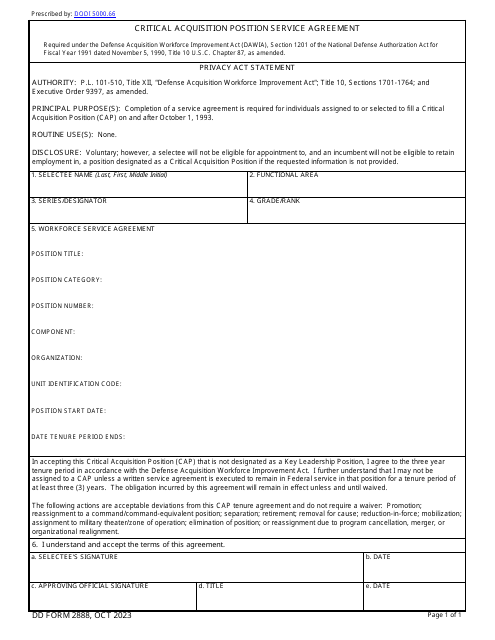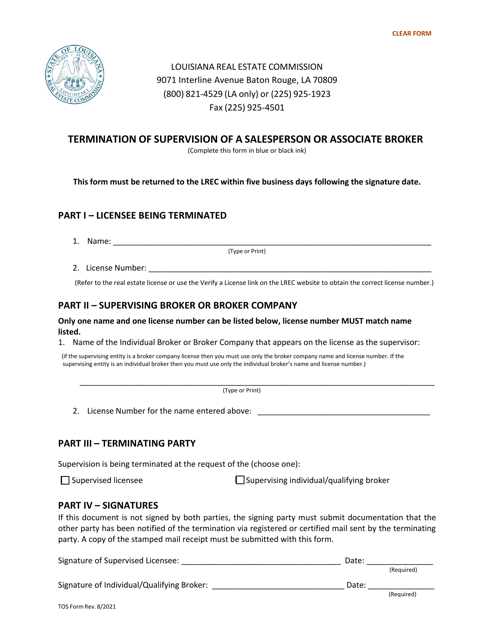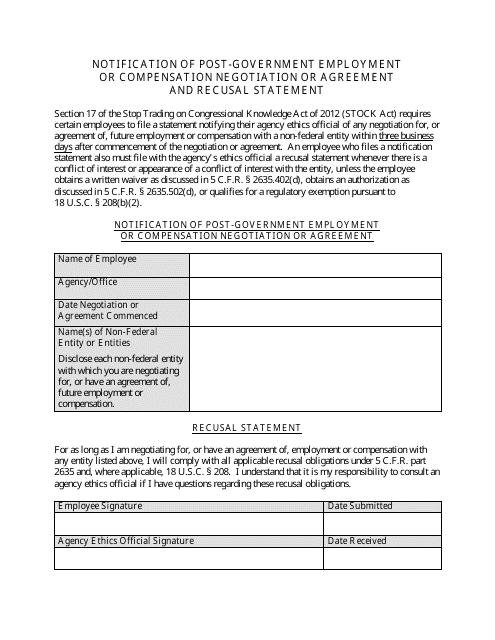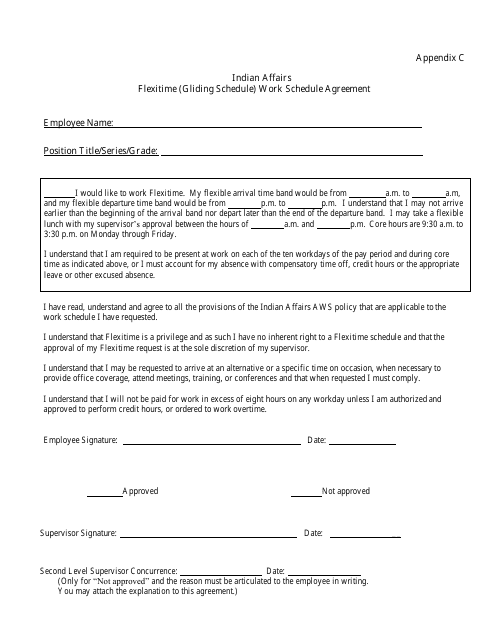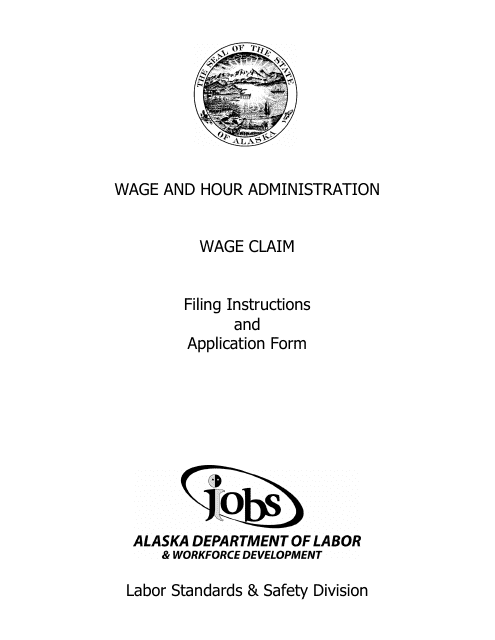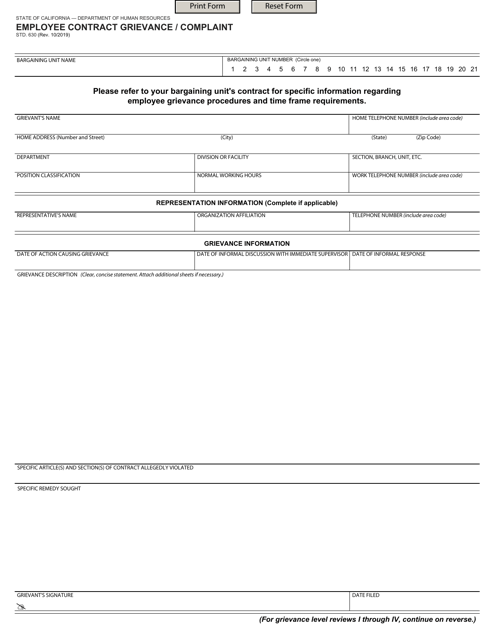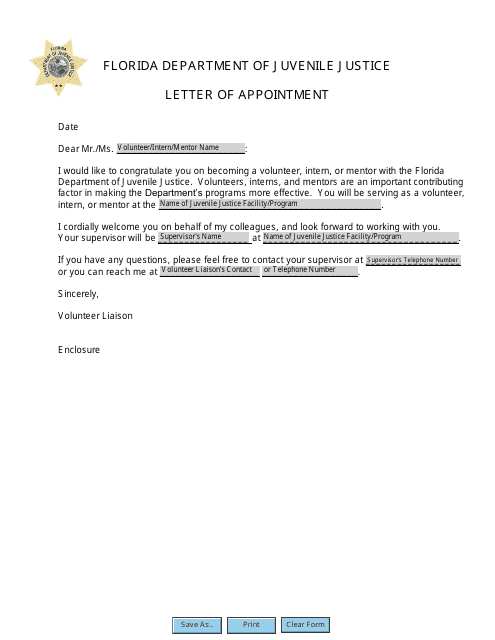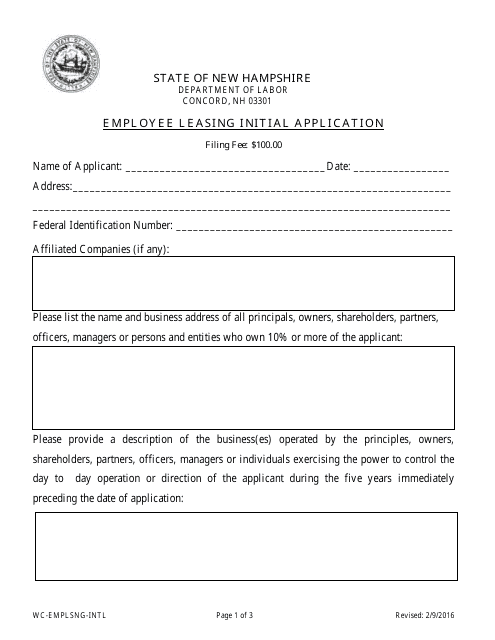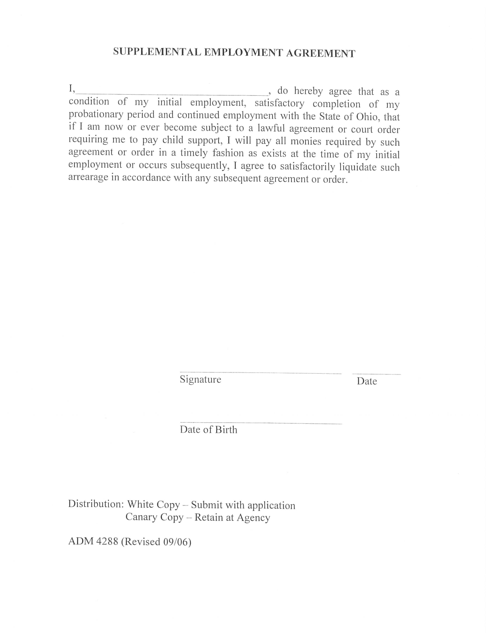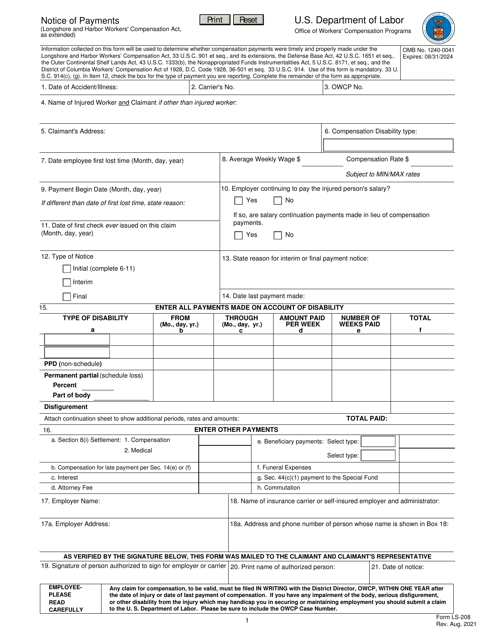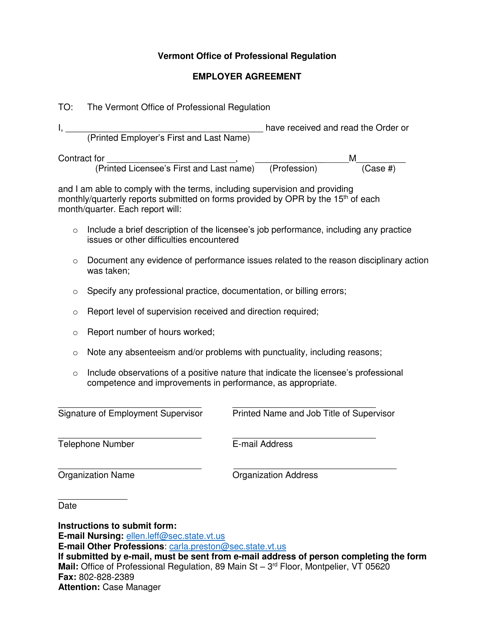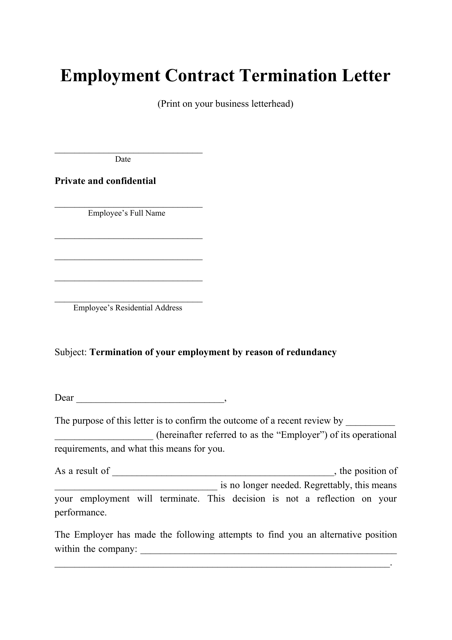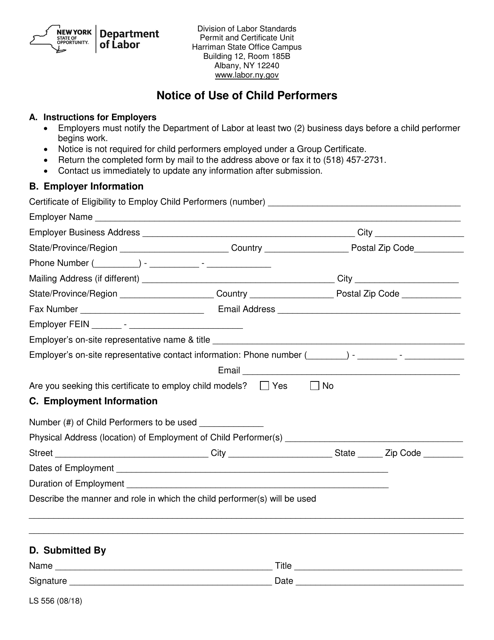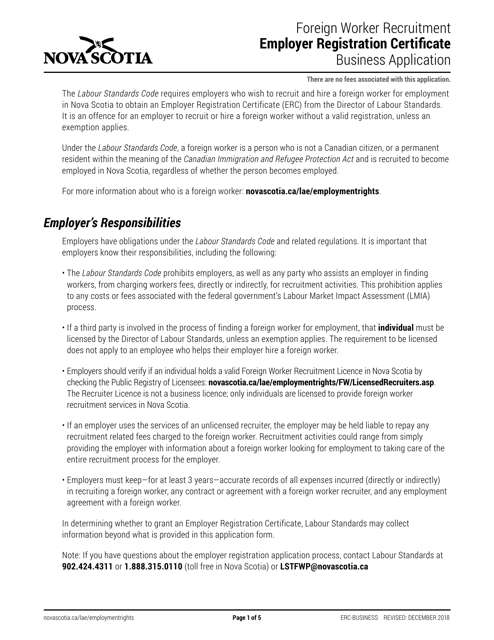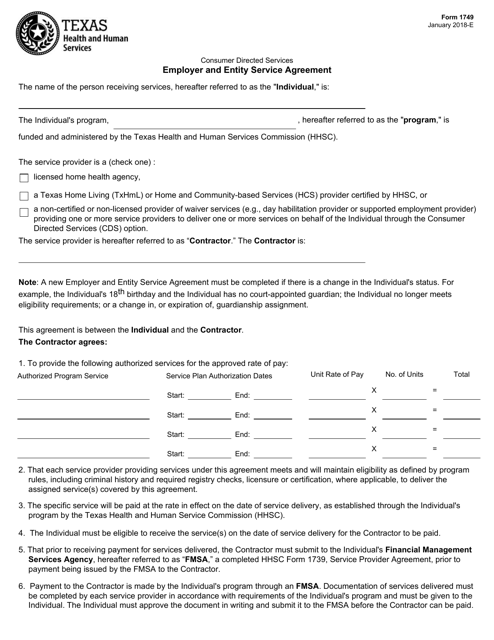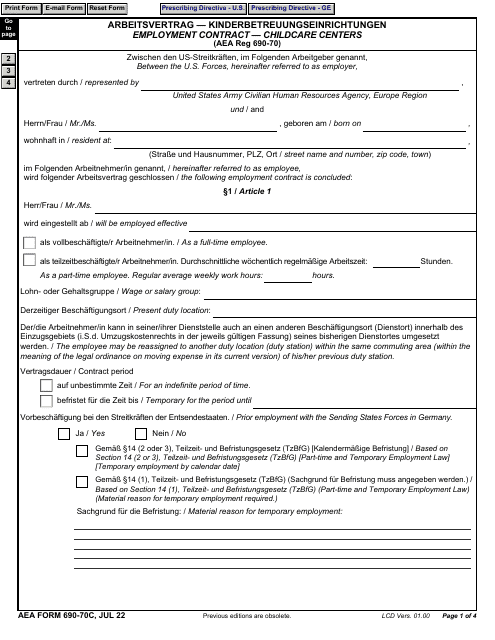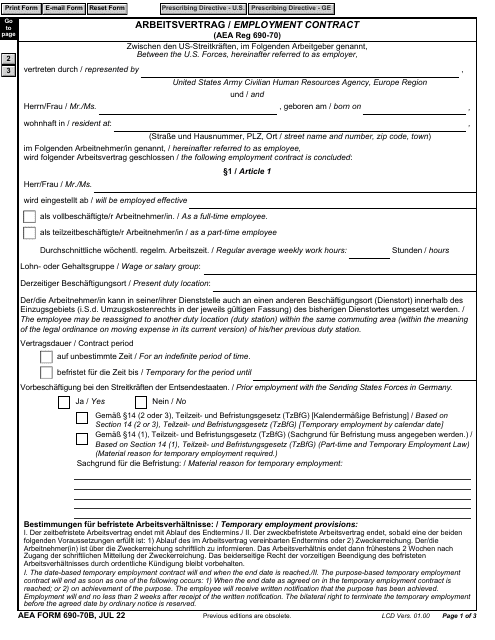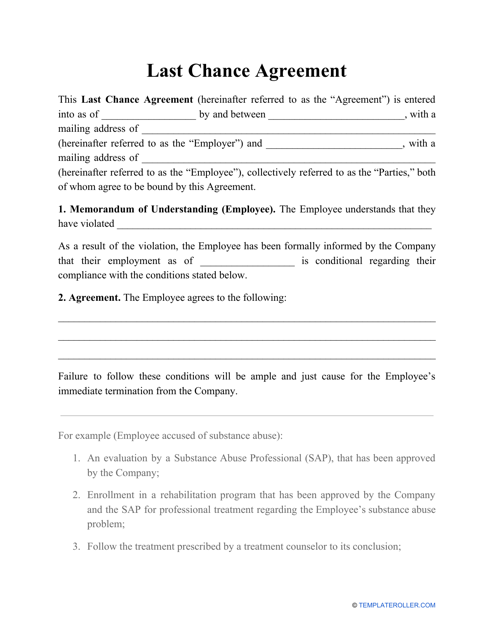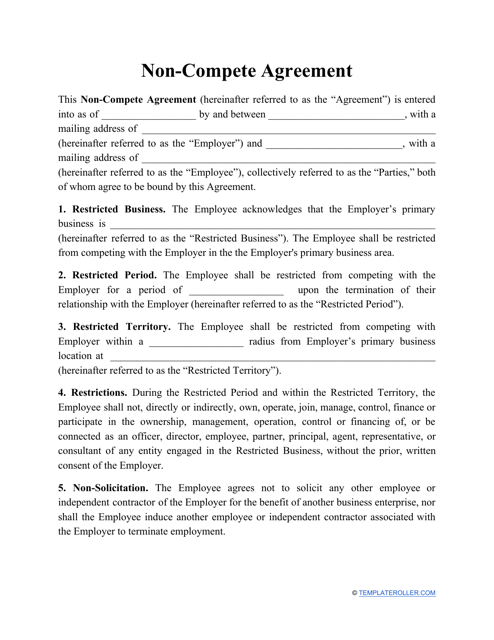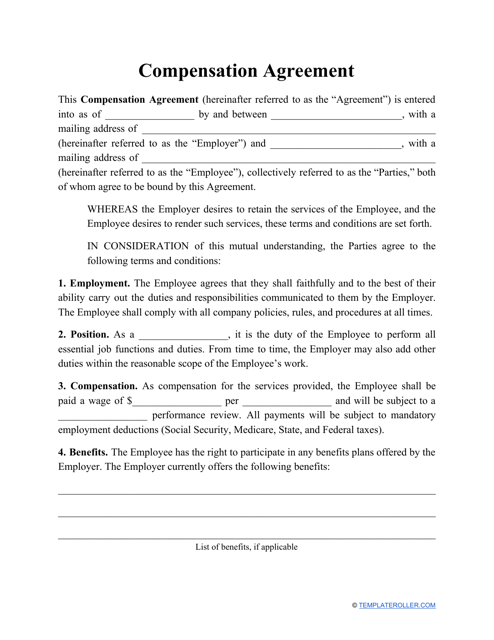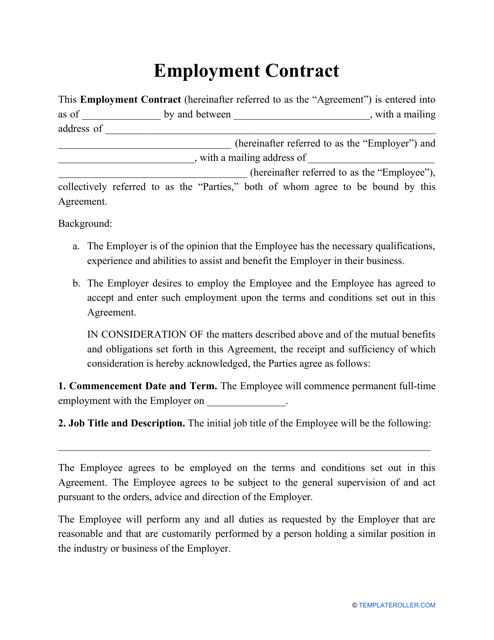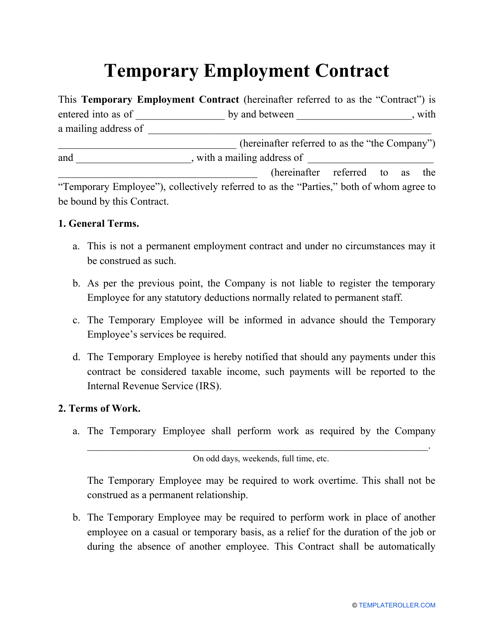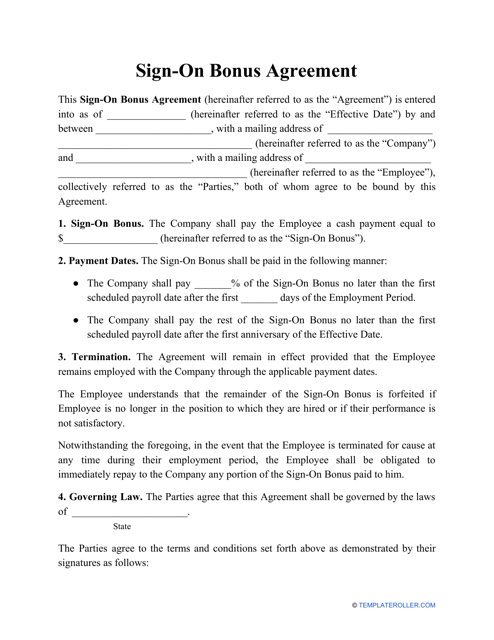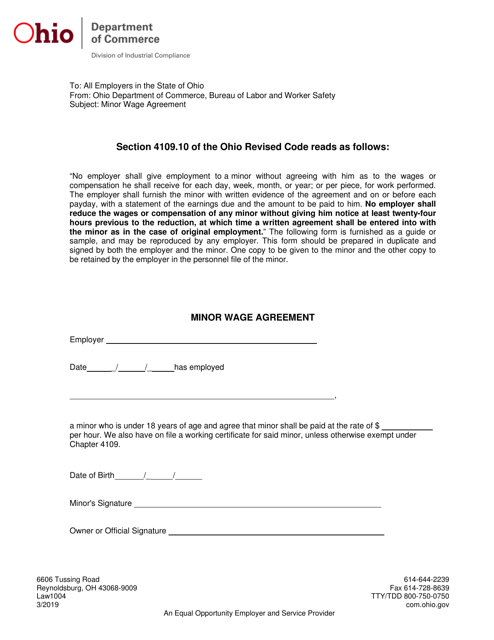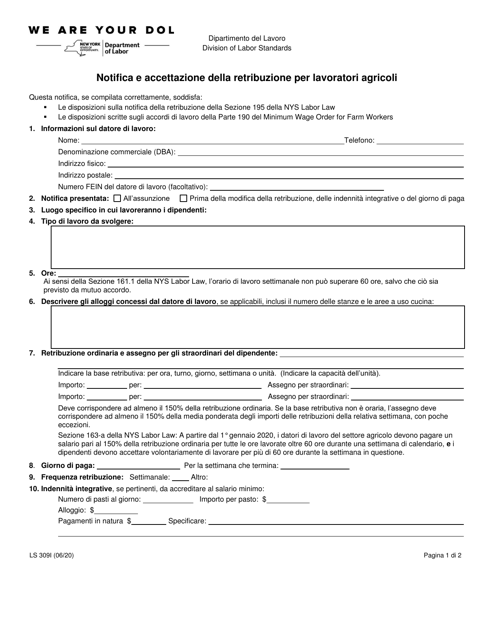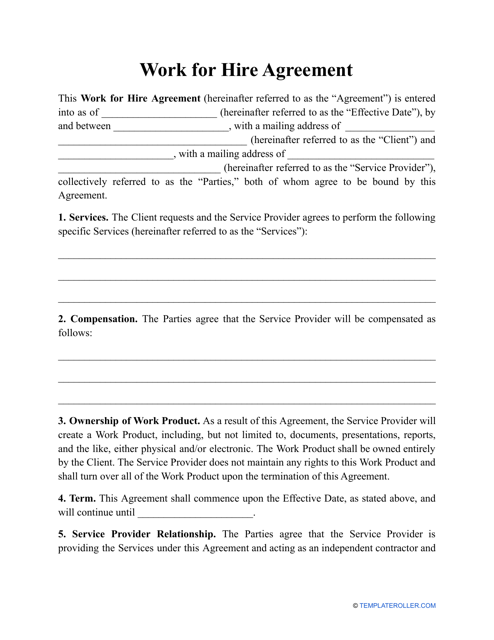Free Employment Contract Templates
What Is an Employment Contract?
An Employment Contract is a formal agreement prepared and signed by the employer and the employee to outline the job duties of the latter and responsibilities of the organization that hires the individual.
Alternate Names:
- Employee Contract;
- Employee Agreement.
It is important to have an enforceable tool that safeguards the interests of both parties - the employee can be sure they receive wages for their contribution to the company while the employer is able to manage the employee who may not meet the expectations the organization imposes on its workers.
Employment Contract Template Types
- Employment Contract Template. Make sure you and the employee clearly define the terms of the employment covering all the basics - the salary and the sick leave, the probation period and the non-compete clause. Besides, a properly drafted contract will help the employee avoid additional responsibilities that were not negotiated prior to signing;
- Temporary Employment Contract Template. If you want to hire a person for a particular project or you need a certain job performed for a brief amount of time, you should offer the prospective employee to sign this Contract of Employment -this agreement is often used to hire contractors and interns that help full-time employees with the workload.
Employment Contract Templates by State
Whether you are preparing to hire your first employee after opening a small business or you work on behalf of the large corporation offering employment and terminating agreements with employees for years, it is obligatory to know state regulations that relate to labor law. It is possible you hire a person that resides in a different state or open a new office in a different town - you have to follow the laws prescribed by the location. Therefore, a state-specific Employment Contract template will help you avoid disagreements with an employee over the application of the law.
At-Will Employment Vs Contract
Unlike traditional contractual employment which means the employer must have a reason to terminate the professional relationship with the employee, at-will employment is preferable for employers and risky for most employees - its main characteristic is the right of the employer to fire the employee for any reason at any time without any legal consequences. Besides, even a simple Employment Contract can be modified only with the mutual consent of the parties - at-will employment, on the other hand, gives the employer the opportunity to change the terms of employment without even notifying the employee. There are, however, benefits for the employee also - they cannot be fired for an illegal reason such as discrimination and they are free to quit their job any time they want.
What Should a Contract of Employment Include?
To be considered legally binding, a basic Employment Contract should contain the following elements:
- Names of the parties . Indicate the full name of the company and the full name of the hired individual.
- Purpose of the document . Illustrate the reason behind the contract - the employee renders their services in exchange for wages provided by the employer.
- Duration of employment . It is necessary to record the date the contract becomes effective and its end date. Alternatively, the employment can be indefinite - it is better to write that provision clearly and unambiguously.
- Description of the job duties . Devote two or three paragraphs outlining the obligations of the employee. It is advised to include the name of the supervisor the employee answers to as a rule.
- Work schedule and the rate of pay . You need to state how many hours and days the person will work, will they receive a fixed salary or they may be entitled to the commission, and describe potential overtime.
- Benefits and perks . This section mentions sick leave, insurance, vacation time, and other privileges available to the employee during their employment.
- Confidentiality clause . If the employee is granted access to proprietary data, the employer is within their rights to forbid its disclosure to third parties.
- Termination and cancellation . Record the procedures to follow and steps to take if either of the parties decides to end the working relationship.
- Signatures and the actual date of signing . Make sure both parties get a physical copy of the agreement.
When Should a Contract of Employment Be Issued?
Even though it is possible to hire a person without a formal agreement that elaborates on the rights and obligations of the employer and the employee, it is important to have a document that establishes the basic rules to follow in the course of the professional relationship. There should be a handwritten or typed contract offered by the human resources department employee to the new hire within 60 days of the start of employment. Generally, the papers are signed during the first week of employment or even before the first working hour - it protects both parties in the event of a dispute.
How to Get Out of an Employment Contract?
If you want to put an end to your Contract Employment before the agreement in question expires, here is what you may be able to do:
- Reread the terms and conditions of the agreement paying attention to the provisions about the cancellation or termination of the contract . There may be a clause that allows you to claim the agreement is invalid in the first place or you can discover a valid ground for termination without breaking an Employment Contract which often leads to lawsuits and damages.
- Negotiate with the employer - if you are not happy about the atmosphere in the workplace or you were promised a raise, promotion, or benefits yet did not receive them, you should ask when you can expect the fulfillment of written or verbal obligations.
- Find out whether you need to notify the employer about the termination days or weeks before - the timeframe is typically mentioned in the text of the agreement.
- If the employer is not willing to part ways with you, you should hire a mediator that will help you and your soon-to-be former boss find common ground without a trial.
Haven't found the template you're looking for? Take a look at the related templates below:
Documents:
147
This document is a sample employment contract template specifically designed for applicants applying under the /B1/A3/G5/NATO-7 visa category. It outlines the terms and conditions of employment between the employer and employee, including job responsibilities, compensation, and benefits. Use this template as a starting point to create a customized employment contract for your specific situation.
This document is a standard form employment contract used in Switzerland. It outlines the terms and conditions of employment between an employer and an employee.
This form is used for contract employment with the Gross National Happiness Commission.
This document outlines the terms and conditions of employment for a new employee in the state of Georgia, including duties, compensation, and benefits. It is used to establish a legal agreement between the employer and employee.
This document is a template for creating a contract between an employer and an employee or a provider. It outlines the terms and conditions of their agreement, including compensation, responsibilities, and duration of the contract.
This document is a Counter Offer Template that can be used in various business negotiations. It provides a structured format for outlining proposed changes to an initial offer.
This document is used when an employer and employee agree to separate. It outlines the terms of the separation and releases both parties from any further legal claims.
This Form is used for employees of the City of Maumelle, Arkansas to request a change in their employment status.
This document is an employment contract that covers various jobs and skills in the Philippines.
This Form is used for conducting wage interviews in North Carolina.
This document is used to notify individuals about any negotiations or agreements for employment or compensation after leaving a government position. It also includes a statement of recusal, indicating that the individual will abstain from participating in any matters that may create a conflict of interest.
This document is a work schedule agreement specifically for flexitime or gliding schedules. It outlines the terms and conditions for employees regarding their flexible work hours.
This document is used for providing a job description for domestic or household employees in New York City.
This document is used to file a claim for unpaid wages in the state of Alaska.
This document is used to formalize the appointment of an individual to a specific position or role in the state of Florida. It outlines the terms and conditions of the appointment, including the start date, job responsibilities, and compensation.
This document is for the initial application for employee leasing in the state of New Hampshire.
This form is used for creating a supplemental employment agreement in the state of Ohio. It outlines additional terms and conditions to an existing employment contract.
This Form is used for the Employer Incentive Contract in Ohio.
This Form is used for employers in Vermont to establish an agreement with their employees. It outlines various terms and conditions of employment, including job responsibilities, compensation, and benefits.
This is a document known as an Employment Contract Termination Letter and it is used by employers who want to terminate an employee.
This form is used for the notice of use of child performers in the state of New York. It is required to inform authorities about the employment of child actors, models, or performers in various industries.
This document is for businesses in Nova Scotia, Canada who want to register as employers for hiring foreign workers. It is an application for the Foreign Worker Recruitment Employer Registration Certificate.
This form is used for creating an agreement between an employer and employee in the state of Texas. It outlines the terms and conditions of the employment relationship.
This Form is used for employers and entities in Texas to enter into a service agreement. It outlines the terms and conditions of the relationship between the employer and the entity.
This agreement is signed by an employer and their employee (or a union that presents an employee) after an employee has made a serious violation of company policies or misconduct that usually leads to their termination.
This legal agreement is signed by employers and their employees to agree on the fact that the individual will not enter into competition with the company where they work, during or after their employment.
A Compensation Agreement is a legal document that guarantees that an individual will receive compensation for certain actions.
This legal contract is signed between a business and its employee in which the business is bound to provide the employee with work and pay them an agreed salary, while the employee is legally bound to work for the business on the terms stated in the agreement.
A Contract for Temporary Employment is signed by an employee engaged in work only for a specific period of time.
This legal agreement is signed between a company and a candidate under which a company is legally bound to pay the candidate a sign-on bonus.
This document is used for establishing wages and employment terms for workers in the state of Ohio.
This is a document used when hiring independent contractors that will help protect both the worker and client from potential contract disagreements.

